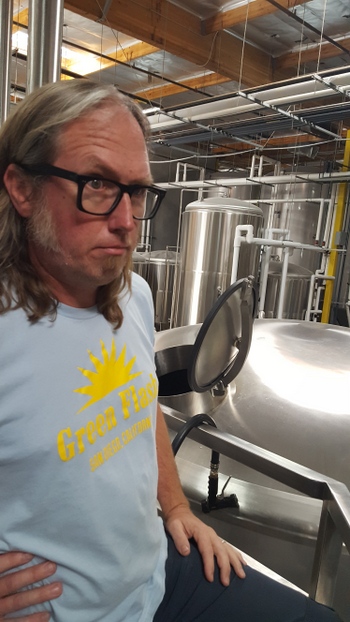
Within 17 seconds of meeting Erik Jensen, brewmaster of Green Flash Brewing Co., he grabbed a sleek new GFB golden ale can off a pallet we walked by, put it over his crotch and said “these are for protection in battle.”
A fine icebreaker to be sure, but also, incidentally, a metaphor for the beer industry in 2017. With 5,300+ breweries on the shelves (some of which are being sold to AB InBev and MillerCoors), competition is crazy — so much so that even a big-time brewer known for its IPAs in signature bottles needs to evolve with changing tastes and be ready to offer new stuff, like a golden ale in cans.
Jensen is a craft beer veteran. He’s brewed professionally for about 23 years after graduating from brewing school and advancing from keg washer to brewer within a year of his first gig. He worked for a while at Karl Strauss, bounced around a few smaller brewpubs until landing at Green Flash in 2012. When Chuck Silva left in 2015, Jensen was promoted to brewmaster — just in time to undertake the gigantic task of building out and opening the new Green Flash production brewery in Virginia Beach (which is mostly done now).
Luckily he had the time to walk me around the facility, point out his favorite equipment (revealed later), point out what he’d like to upgrade (the keg filler) and discuss all sorts of stuff — the challenges and opportunities involved in expansion, the possibility of another expansion, how to meet today’s sales demand and his thoughts on the anti-competitive strategy of AB InBev and the forces of Beer Voltron.
Strap on your 12-ouncers and read on.
1. How long has the Virginia Beach location been up and running?
Been brewing since November 2016. We weren’t full bore at that point, just trying stuff out — had to get the kegging line and bottling line up and running. We were running it in December, but we weren’t really running it full bore until like mid-January.
2. Anything you are doing different there with this new build?
Every brewer knows that if you make a recipe in one spot and then go to a different brewhouse it’s going to be a little bit different. Could be water, but it could be the geometry of the tanks, the geometry of the fermenters, any number of things. There are hundreds of variables, but we wanted to make the things that were most controllable like equipment be exactly the same to make it easier to duplicate what we are doing here. So, we did everything almost exactly the same.
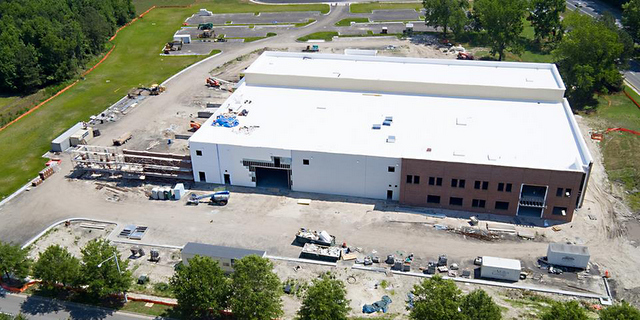
The big difference would be in Virginia, from the get go, we decided to go with bulk glass. It was a new project and we got to start from scratch so why not do it the best way? So we have our own box shop there, depalletizer, and it’s all going to be pretty much exactly the same equipment.
Then we were like, well, now that we are doing it the best way there lets do it the best way here. We have less space here in this building, which will be a challenge [about 10,000 sq ft less than the new Virginia Beach location]. Here the challenge is going to be receiving all of those bottles, boxes, carriers, inventorying them and trying to fit it into this shoe box here.
3. How hard was it to brew beers at the new Virginia beach brewery so that they matched the originals?
We were anticipating we’d have some real struggles, but we really didn’t. It tasted pretty much like what we wanted it to taste like. A lot of that was the water. It’s a lot softer there than the water we get in California. We don’t do a lot of treatment of the water here. We filter for chlorine, but we don’t reverse osmosis it or add minerals back — just take what we’re given. We use Colorado river water and some local water. Our water is not super consistent here. We took water analysis once a month for a period of a year and figured out what our water is here, and then we got a water analysis for the water in Virginia and used a calculation tool we have to build the water back to what we have here.
At first we thought we went too hard because some thought it tasted too “minerally.” But I went out there and thought they tasted the same. The biggest difference between the beers here and there is we tend to get a little more lingering bitterness here and the beers there tend to be a little softer — just a little bit.
4. Is there going to be any difference in the beers that are brewed there? Maybe East Coast-only recipes?
Eventually yes, but right now we only brew beers that we’ve brewed in San Diego. Back there, right now, we are focusing on our core brands — West Coast, Soul Style, Windows Up, Duet, Jibe — none of the small batches. Mostly stuff that is being sold in bottles and draft.
We have a pilot system here that mimics our process on the big system, at 1/10 the scale, which is super cool, and we have a program where employees can submit a recipe, convince the brewer it’s a good idea, and then it goes through a review, and a mini competition and whoever wins get to brew their beer. So we’ll do something like that out there with a 5-bbl system and do the same thing — create beers that will be for sale just in the tasting room.
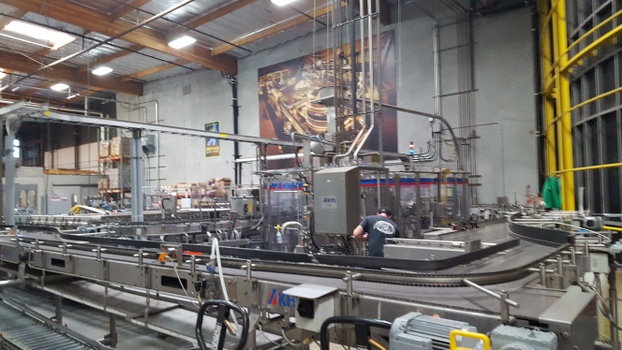
On top of that we don’t have a canning line out there. Our can line here is pretty modest and doesn’t have a huge capacity, so we’re looking for a canning line for Virginia. Not sure when it will happen, but we think it would be worthwhile.
5. What area is that brewery serving?
Eastern seaboard and then could come as far as Texas. Just depends on inventories.
6. How do you manage that?
Luckily I don’t. We have a whole department of people who plan our production, so they know what sales needs and what distributors need. We have a certain amount of inventory in the tank we just always have. So we basically always have some beer going and then our production planning team just comes up with the right balance.
7. How far into the future do you need to be prepared?
It’s not as far as you’d think. It takes our ales, typically, from the time we brew it to package it, 18 or 19 days. So, it could be as little as 18 days ahead of time. We would like to see our distributors give us a little more insight of what they will order in a month or month and a half, but you know they are at the mercy of the market as well. They have their grocery stores and liquor stores and bars that aren’t sure what they will order next month. So, there’s an intrinsic demand, uncertainty of what you will be brewing in a month.
8. How does Alpine fit into this? Are those beers being brewed out there too?
Yes. They are actually quite popular out there. So far we’ve noticed the brands that are most popular in California — all of our IPAs, hops, more hops, are still popular out there, but not as popular in the tasting room. We are seeing people loving Cosmic Ristretto [the Green Flash Baltic porter], Mandarin Nectar and Sea to Sea Lager out there.
9. Huh. I assumed IPAs were king everywhere, and that’s what Green Flash is known for, right?
At least that’s what we’re seeing right now. We opened that tasting room in October, so we haven’t gotten into tourist season yet. That’s a tourism county and a military town. The military and local people are coming, but we’ve not seen yet the touristy crowd. So we’ll see how the mix of sales in the tasting room goes.
But when you think about it, I’d say the East Coast is as mature an IPA market as the West Coast, so the locals are buying as you’d expect on the shelf, but I’m not sure the hardcore IPA fan is necessarily always making it to the brewery out there. I mean, we see the same thing here, when the hardcore IPA crowd brings their friends who are looking for something a little less hoppy. Maybe three years ago we would have said “sorry!” but we’ve diversified since then.
10. I know you don’t even want to think about this because you literally just finished opening up Virginia, but is there any interest in more geographical expansion?
If it becomes necessary we would look to expand in the Midwest and go about it in the same way we approached Virginia.
[Editor makes shameless plug for doing so in Ohio. Specifically in Canton. ]
I don’t think we’ve settled on a location. Ohio is in the picture, I think Texas is in the picture. Maybe Chicago or St. Louis. You never really know until you start looking. But the main advantage for us in moving into a market is geography. It’s nice if 20 percent of our production goes to distribution in our state to save on shipping costs, but it also might be because of a beer scene or because of water access or regulatory conditions. Who knows.
I truthfully don’t get involved in that and am very happy about that.

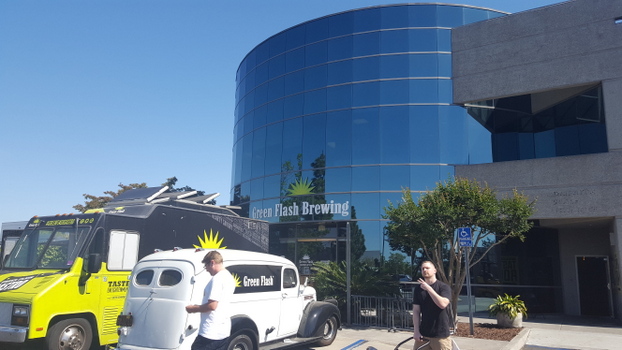
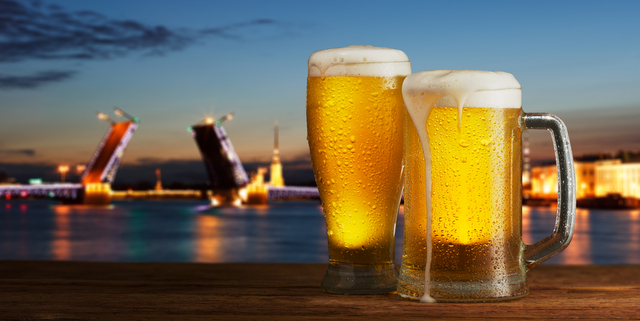



Leave a Reply
You must be logged in to post a comment.